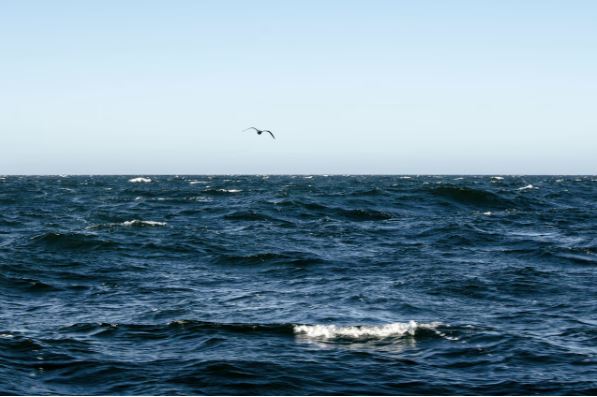
Wave energy is the ablity to capture the kinetic movement of waves and tide and convert it into electric capacity through mechanical turbine generator. This energy conversion process was first patented in 1799, but its potential is being explored in a more sophisticated and intentional effort as renewal resource. This technology is being tested in Europe and right off the coast of Oregon.
“Research at European firms suggest that there is a potential to generate 40 gigawatts of ocean energy capacity by 2050, enough to meet the electricity demand of all the homes in France. A submersible wave energy converter in California during a 10-month pilot period operated autonomously 80% of the time, survived two severe storms and achieved ‘system uptime’ of 99%. It also has the advantage of having no visual impact on the environment. As computing and artificial intelligence become still more sophisticated, designers will gain greater ability to design lighter, less material-intensive autonomous devices that can anticipate and avoid storms, rather than having to weather them.” (www.lombardodier.com)
Oregon State University also has funding from the US Department of Energy to develop and test wave energy converters. “Wave energy is incredibly attractive as a future renewable power source,” said Bryson Robertson, director of the Pacific Marine Energy Center at Oregon State University. “Not only is it capable of generating power close to where we need it, but it can generate it at the time we need it and we can predict it. Which is very useful and powerful for meeting consumer demand.”
Waves are available when the sun stops shining and the wind stops blowing. In the Pacific Northwest, for example, wave energy’s generating capacity is at its highest in the winter when the sun is rarely seen as seasonal storms bring larger swells. Waves aren’t just powerful, they’re also steadfast and limitless, said Burke Hales, a professor at Oregon State University and the chief scientist at PacWave South, the new test site.
However, the ocean is a harsh environment. Seawater corrodes metal cables and other equipment. Barnacles, algae and seaweed take over the infrastructure. The sheer force of water can be so destructive that it’s unclear whether many of the devices now in development can survive massive Pacific winter storms or continue to generate electricity while battered by towering swells.” (The Oregonian, G. Wozniacka, 9.1.24)
To read the entire article visit this link: